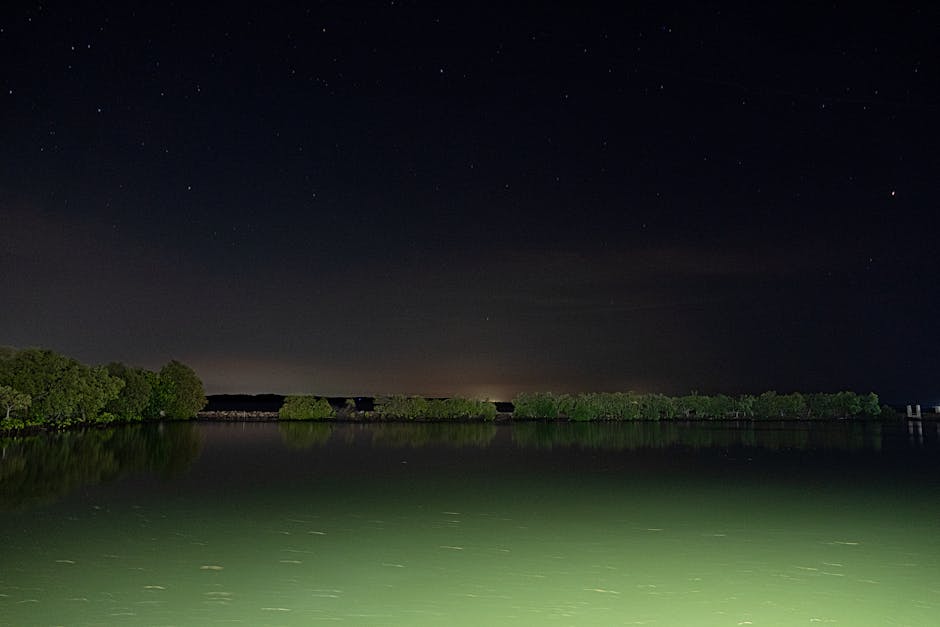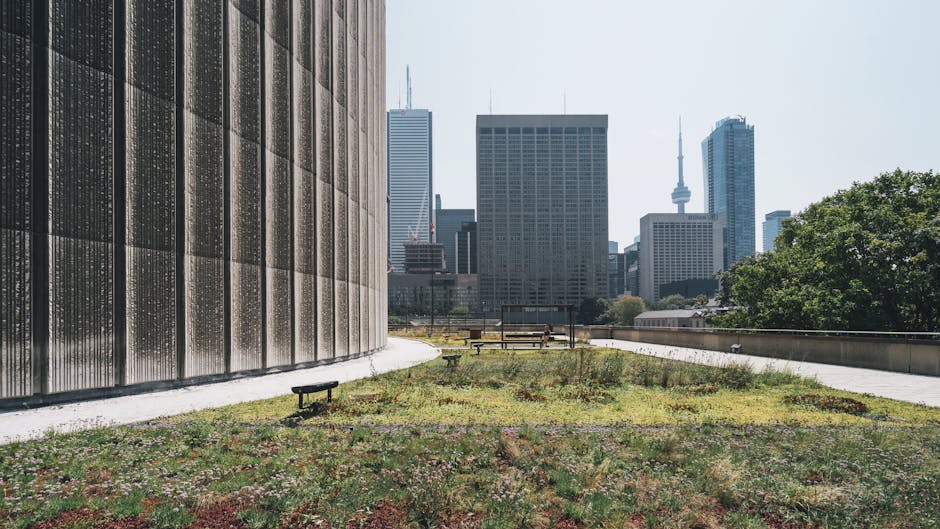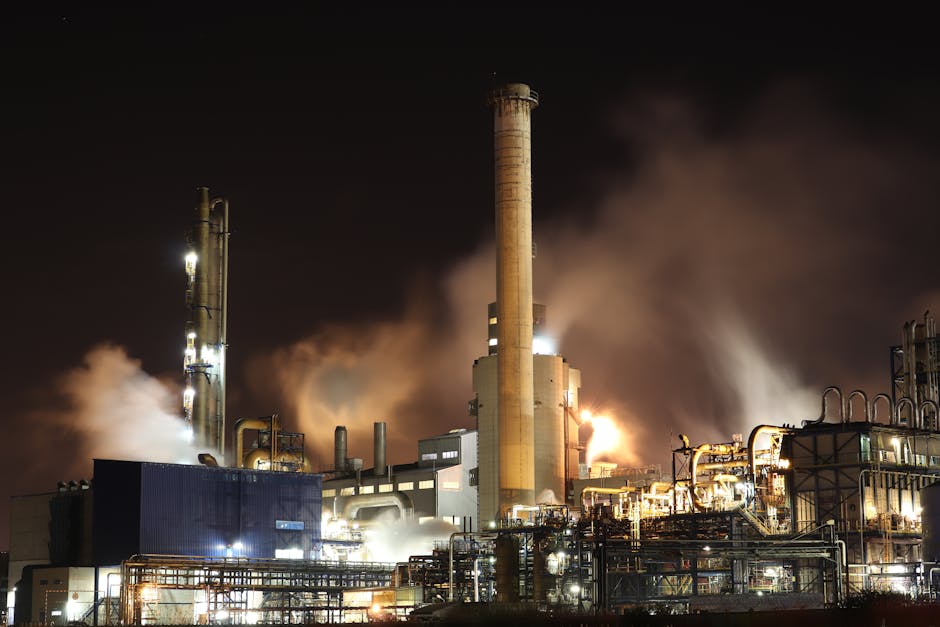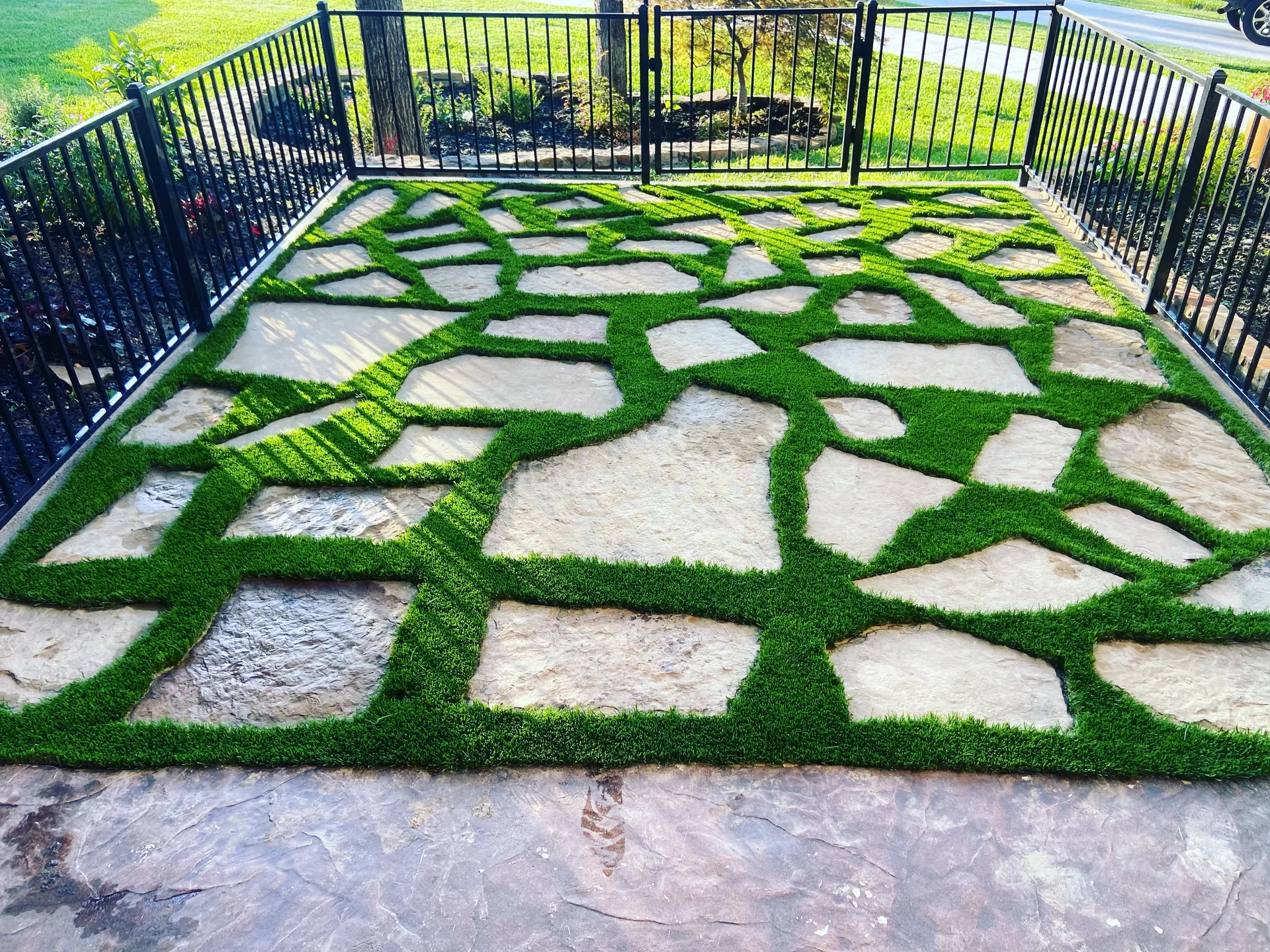
- The Importance of Sustainable Landscaping in Modern Communities
- Overview of Artificial Turf: History, Types, and Advancements
- Water Conservation Benefits of Artificial Turf
- Environmental Impact: Reducing Carbon Footprint and Chemical Use with Artificial Turf
- Case Studies: Successful Implementations of Artificial Turf for Eco-Friendly Landscapes
- Challenges and Future Prospects in Sustainable Landscaping with Artificial Turf
The Importance of Sustainable Landscaping in Modern Communities
In modern communities, sustainable landscaping has gained significant importance as environmental concerns and resource management become pressing issues. Sustainable landscaping aims to create outdoor spaces that are not only aesthetically pleasing but also environmentally responsible and resource-efficient. This approach addresses numerous environmental challenges, including water conservation, soil health, and biodiversity preservation.
One of the primary motivations behind sustainable landscaping is water conservation. Traditional lawns, which rely heavily on natural grass, can consume vast amounts of water for maintenance. According to the U.S. Environmental Protection Agency (EPA), outdoor water use accounts for 30% of household water consumption in the United States, with some regions experiencing even higher percentages. By adopting sustainable landscaping practices, the dependency on natural water resources can be significantly reduced.
Another crucial aspect of sustainable landscaping is the reduction of chemical usage. Maintaining traditional lawns often involves the use of fertilizers, herbicides, and pesticides, all of which can have adverse effects on the environment. These chemicals can leach into the soil and waterways, contributing to pollution and harming wildlife. Sustainable landscaping practices, such as the use of plants suited to local climates and the reduction of lawn areas, help mitigate these impacts.
Furthermore, sustainable landscaping promotes biodiversity by encouraging the use of native plants and creating habitats for local wildlife. Native plants are adapted to the local environment and typically require less water and maintenance. They also provide food and shelter for insects, birds, and other animals, fostering a healthier and more balanced ecosystem.
Key Benefits of Sustainable Landscaping
- Water Conservation: Reduces the need for irrigation, thereby conserving water resources.
- Reduction in Chemical Use: Minimizes the use of harmful fertilizers and pesticides.
- Biodiversity: Supports local ecosystems by promoting native plant species.
- Soil Health: Enhances soil quality through the use of organic materials and natural composting methods.
Water Usage Comparison: Traditional Lawns vs. Sustainable Landscaping
| Type | Average Water Usage (Gallons per Square Foot Annually) |
|---|---|
| Traditional Lawns | 55-60 |
| Sustainable Landscaping | 10-15 |
In addition to environmental benefits, sustainable landscaping can also offer economic advantages. Reduced water bills, lower maintenance costs, and potentially higher property values are some of the financial incentives for homeowners and communities to invest in sustainable landscaping solutions.
Overall, the importance of sustainable landscaping in modern communities cannot be overstated. By addressing water conservation, reducing chemical use, promoting biodiversity, and improving soil health, sustainable landscaping practices contribute to the creation of eco-friendly and resilient outdoor spaces that benefit both people and the environment.
Overview of Artificial Turf: History, Types, and Advancements
Artificial turf, also known as synthetic grass, has evolved significantly since its inception. Originally developed as a practical solution for landscaping and sports fields, artificial turf has gained prominence due to its water conservation and low maintenance benefits. This chapter delves into the history, various types, and recent advancements in artificial turf technology.
History of Artificial Turf
The concept of artificial turf emerged in the early 1960s. The first notable installation was at the Houston Astrodome in 1966, where it was used to replace natural grass that could not grow indoors. The original product, known as AstroTurf, set the stage for future innovations in synthetic grass.
Over the decades, artificial turf has transitioned from being primarily used in sports arenas to widespread residential and commercial applications. Improvements in materials and manufacturing have enhanced its durability, aesthetic appeal, and environmental benefits.
Types of Artificial Turf
Artificial turf can be categorized into several types based on the materials used and their intended applications. The three main types are:
- Nylon: Known for its strength and resilience, nylon turf is often used in high-traffic areas. It is highly durable but can be more expensive than other types.
- Polyethylene: This type of turf offers a softer, more natural feel and appearance. It is popular for residential lawns and sports fields due to its balance of durability and aesthetic appeal.
- Polypropylene: Generally the least expensive, polypropylene turf is suitable for areas with lower foot traffic. It is not as durable as nylon or polyethylene but is often used in decorative applications.
Advancements in Artificial Turf Technology
Recent advancements in artificial turf technology have addressed many of the limitations of earlier versions. These improvements include:
- Infills: Modern artificial turfs use various infill materials, such as silica sand, crumb rubber, and organic options like cork. These infills enhance the turf’s stability, cushioning, and drainage capabilities.
- UV Resistance: Advances in UV-resistant materials have increased the lifespan of artificial turf by preventing fading and degradation from sun exposure.
- Heat Reduction Technologies: High temperatures have historically been a concern for artificial turf. Innovative solutions, such as reflective pigments and cooling infill materials, have been developed to reduce surface temperatures.
- Permeability: Modern turf designs include improved drainage technologies to allow for quicker water runoff, reducing the risk of pooling and enhancing usability shortly after rainfall.
In conclusion, the evolution of artificial turf from its early days to the present reflects continuous advancements in technology and an increasing awareness of its benefits. Understanding its history, types, and recent innovations provides a solid foundation for exploring its role in sustainable landscaping solutions.
Water Conservation Benefits of Artificial Turf
Artificial turf offers significant water conservation benefits, making it an excellent solution for sustainable landscaping. As natural grass requires regular irrigation to maintain its appearance and health, artificial turf eliminates the need for watering, resulting in substantial water savings.
Reduction in Water Usage
According to data from the Environmental Protection Agency (EPA), residential outdoor water use in the United States accounts for nearly 9 billion gallons of water per day, primarily for landscape irrigation. By switching to artificial turf, water usage for lawns can be reduced by up to 70%, significantly lowering the overall demand for residential water consumption.
The Southern Nevada Water Authority estimates that a typical household can save over 55 gallons of water per square foot of grass replaced with artificial turf each year. This reduction in water usage is particularly crucial in areas facing water scarcity and drought conditions, where conserving water resources is a critical environmental and economic issue.
Economic Benefits of Water Conservation
Conserving water through the use of artificial turf also results in economic savings for homeowners. Lower water consumption translates to reduced water bills, making artificial turf a cost-effective landscaping solution in the long term. Additionally, many local municipalities offer rebate programs and incentives for installing drought-resistant landscaping options, including artificial turf. For instance, the Metropolitan Water District of Southern California offers such rebates, making the initial investment in artificial turf more affordable.
Reduced Pressure on Water Infrastructure
The widespread adoption of artificial turf can alleviate pressure on municipal water infrastructure. During peak irrigation seasons, cities often experience higher demand on their water supply systems, leading to potential shortages and increased costs for water delivery. By replacing natural grass with artificial turf, communities can lower peak demand, ensuring a more stable and reliable water supply system.
Consistency in Water Conservation
Unlike natural grass, which varies in water needs based on climate, soil type, and maintenance practices, artificial turf provides consistent water savings. It does not require seasonal adjustments to watering schedules, soil moisture monitoring, or drought-resistant grass seed varieties. This consistency aids in predictable water use patterns and long-term planning for water resource management.
In conclusion, the integration of artificial turf into sustainable landscaping practices plays a pivotal role in water conservation. With significant reductions in water usage, economic benefits, reduced infrastructure pressures, and consistent water savings, artificial turf presents a viable option for creating eco-friendly outdoor spaces.
Environmental Impact: Reducing Carbon Footprint and Chemical Use with Artificial Turf
The environmental impact of traditional landscaping practices has raised concerns about the sustainability and ecological consequences of maintaining green outdoor spaces. Incorporating artificial turf into landscaping can contribute to reducing the carbon footprint and minimizing the use of harmful chemicals.
Reduction in Carbon Footprint
One major advantage of artificial turf is its ability to reduce the carbon footprint of landscaping. Traditional lawns require frequent mowing, which typically involves gasoline-powered lawnmowers. According to the Environmental Protection Agency (EPA), gas-powered lawn equipment contributes significantly to air pollution, producing large amounts of volatile organic compounds (VOCs) and nitrogen oxides (NOx).
By replacing natural grass with artificial turf, the reliance on fossil fuels for lawn maintenance is eliminated. Furthermore, the production and transportation of fertilizers, herbicides, and pesticides, which are commonly used for maintaining natural lawns, result in significant carbon emissions. Artificial turf does not require these chemical inputs, leading to a substantial reduction in carbon emissions linked to lawn care activities.
| Source of Emission | Reduction with Artificial Turf |
|---|---|
| Gasoline-powered mowers | Eliminated |
| Fertilizer and pesticide production | Significant reduction |
| Transportation of lawn care products | Reduced |
Minimizing Chemical Use
Traditional landscapes often rely heavily on chemical treatments to maintain aesthetic appeal and health. These chemicals, including fertilizers, herbicides, and pesticides, can have detrimental effects on the environment. For instance, runoff from these chemicals can contaminate water bodies, harming aquatic life and disrupting ecosystems. Moreover, the overuse of fertilizers can lead to excessive nutrient loads in soil, causing issues such as soil degradation and pollution.
Artificial turf eliminates the need for these chemicals, thus preventing the potential negative impacts associated with their use. By using synthetic grass, homeowners and community planners can avoid the introduction of toxic substances into the environment.
- Eliminates use of chemical fertilizers
- Prevents pesticide runoff
- Reduces soil and water pollution
In conclusion, replacing natural grass with artificial turf presents a promising approach to sustainable landscaping. By reducing the carbon footprint and eliminating chemical reliance, artificial turf contributes to creating eco-friendly outdoor spaces that require lower maintenance and impose fewer environmental burdens. The integration of artificial turf within landscape design is a practical step towards achieving sustainability goals in modern communities.
Case Studies: Successful Implementations of Artificial Turf for Eco-Friendly Landscapes
Various communities and organizations have successfully implemented artificial turf as part of their sustainable landscaping strategies. These implementations serve as notable examples of how artificial turf can contribute to water conservation and the creation of eco-friendly outdoor spaces.
For instance, the city of Las Vegas, located in one of the driest regions in the United States, has leveraged artificial turf to address severe water scarcity. The Southern Nevada Water Authority (SNWA) has introduced rebate programs to encourage residents and businesses to replace natural lawns with artificial turf. As a result, an estimated 165 million square feet of grass have been replaced, saving approximately 9.6 billion gallons of water annually.
In California, several public schools have adopted artificial turf in their athletic fields to respond to the state’s recurring droughts. The Los Angeles Unified School District (LAUSD), the second-largest public school district in the United States, has replaced numerous natural grass fields with artificial turf. This conversion has significantly decreased water usage and maintenance costs, while providing consistently usable playing surfaces for students.
Residential communities are also experiencing the benefits of artificial turf. The WaterSense Labeled Homes program, an initiative by the U.S. Environmental Protection Agency (EPA), promotes water-efficient landscaping, including the use of artificial turf. Numerous homes that participate in this program have reported substantial reductions in outdoor water use.
In Europe, artificial turf usage is expanding as well. Germany’s Freiburg, known as the “Green City,” has implemented artificial turf in public parks and playgrounds. This move aligns with the city’s commitment to sustainability and resource efficiency, as artificial turf reduces the need for watering and chemical treatments in public spaces. These efforts contribute to Freiburg’s renowned environmental standards and long-term sustainability goals.
Sports organizations around the world are also turning to artificial turf. FIFA, the international governing body of soccer, endorses the use of artificial turf fields through its Quality Programme for Football Turf. This endorsement has led to artificial turf being installed in numerous soccer stadiums, training grounds, and community sports centers. The reduction in water use and maintenance associated with artificial turf aligns with FIFA’s broader sustainability initiatives.
These examples underline the versatility and effectiveness of artificial turf in creating water-conscious, eco-friendly outdoor environments. They demonstrate how different sectors—ranging from municipalities to educational institutions, residential communities, and sports organizations—can successfully integrate artificial turf into their sustainable landscaping practices.
Challenges and Future Prospects in Sustainable Landscaping with Artificial Turf
Sustainable landscaping with artificial turf presents numerous opportunities for water conservation and eco-friendly outdoor spaces. However, it also comes with its own set of challenges that must be addressed to optimize its long-term viability and environmental benefits.
Challenges
1. Initial Cost: One of the primary challenges of implementing artificial turf is the initial cost. Installation expenses can be significantly higher compared to natural grass. Although long-term savings on water, fertilizers, and maintenance can offset these costs, the high initial investment can be a deterrent for many.
2. Heat Retention: Artificial turf can retain more heat than natural grass, leading to higher surface temperatures, particularly in hot climates. This can create uncomfortable conditions for activities and pose a heat stress risk in extreme conditions. Studies have shown that artificial turf can reach temperatures up to 60°F higher than natural grass under the same conditions.
3. Environmental Concerns: While artificial turf eliminates the need for pesticides and fertilizers, the materials used in its production, such as plastics and petrochemicals, have their own environmental impact. Additionally, the manufacturing process can result in carbon emissions and other environmental pollutants.
4. Waste Management: At the end of its lifecycle, artificial turf poses disposal challenges. Traditional artificial turf is not biodegradable, leading to concerns about landfill waste. Innovation in recycling and the development of more sustainable materials are essential to address this issue.
5. Perception and Acceptance: Some communities and individuals remain skeptical about the aesthetic and ecological benefits of artificial turf. Overcoming these perceptions requires education and demonstration of successful implementations to show the potential benefits in terms of water conservation and maintenance reduction.
Future Prospects
1. Material Advances: Continued research and development in the materials used for artificial turf are crucial. Innovations such as biodegradable turf and turf made from recycled materials are emerging trends that could mitigate environmental concerns associated with traditional artificial turf.
2. Improved Cooling Technologies: Addressing the heat retention issue, newer artificial turf products are being designed with cooling technologies. For example, some products incorporate reflective pigments that help reduce heat absorption and lower surface temperatures.
3. Enhanced Recycling Programs: The development of effective recycling programs for artificial turf at the end of its lifecycle can help reduce landfill waste. Several companies are now offering recycling services and promoting the reuse of materials in new turf installations or other products.
4. Smart Landscaping Integration: The integration of smart irrigation systems and other technologies can further complement the use of artificial turf in sustainable landscaping. For instance, weather-responsive irrigation systems can be used to minimize water use in areas where natural plants are used alongside artificial turf.
5. Education and Awareness: Increasing awareness about the long-term benefits and dispelling myths surrounding artificial turf through community initiatives and educational programs can aid in gaining broader acceptance.
Overall, while there are challenges in the adoption of artificial turf for sustainable landscaping, ongoing advancements and a focus on addressing these issues hold promise for more eco-friendly and resource-efficient outdoor spaces.


